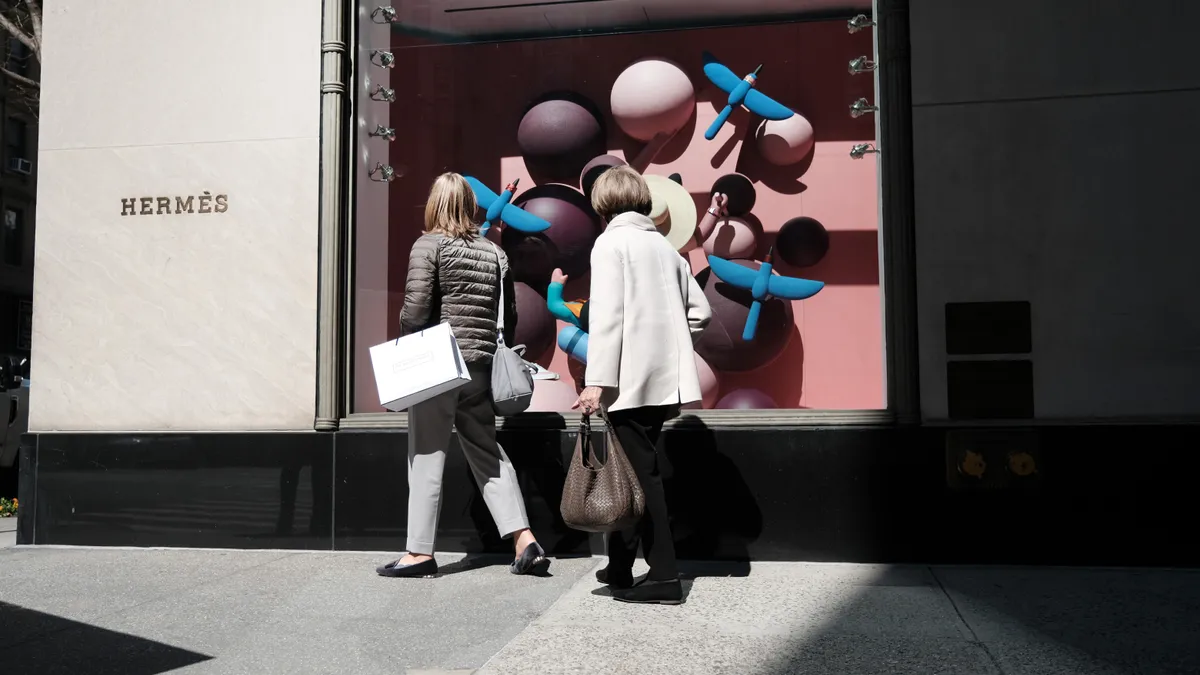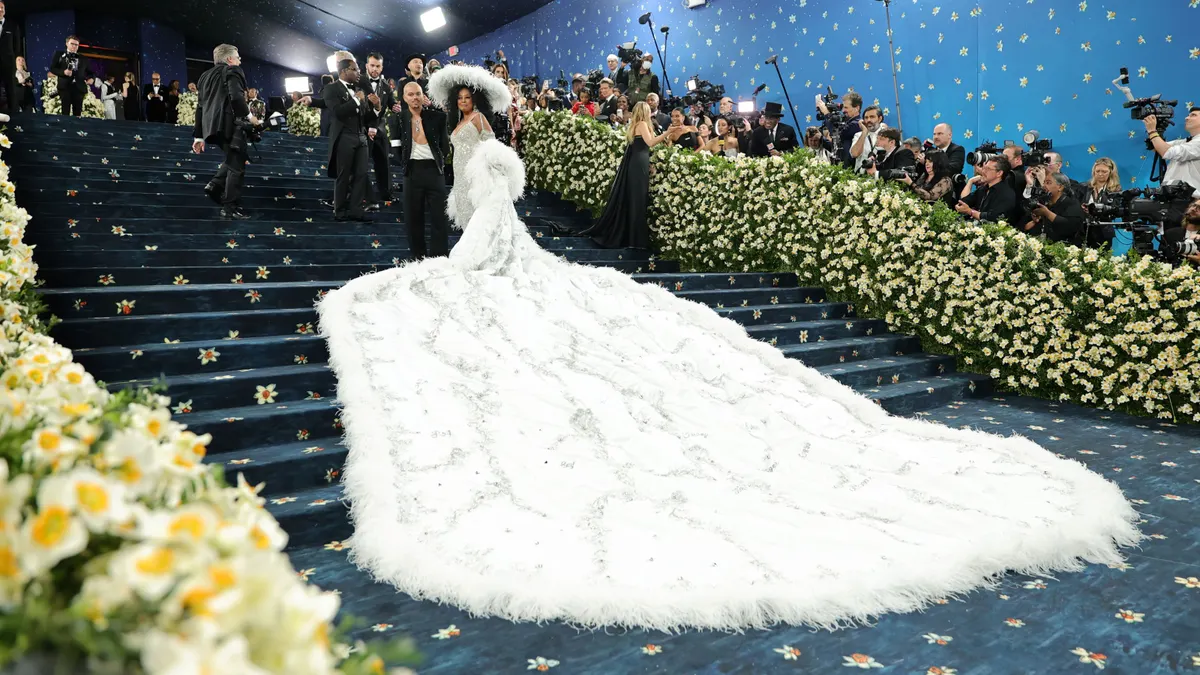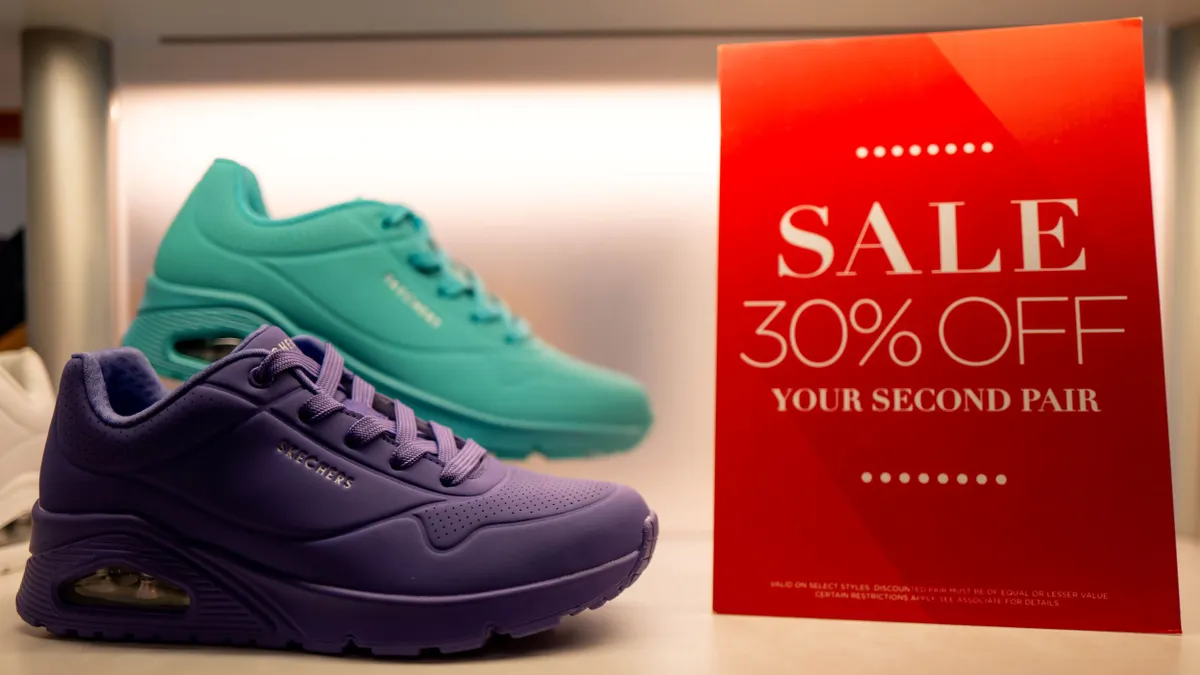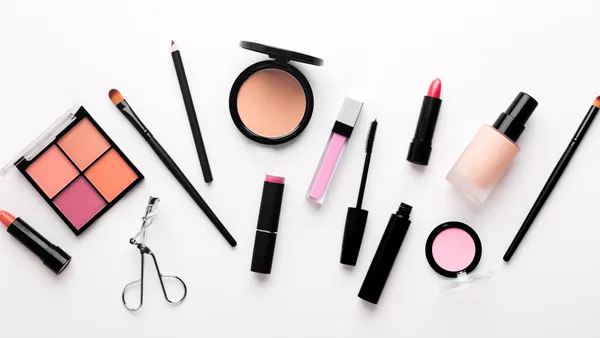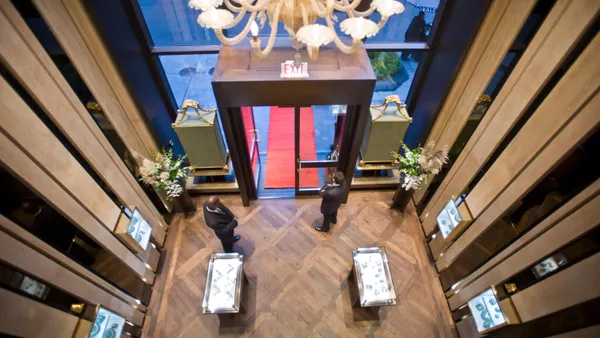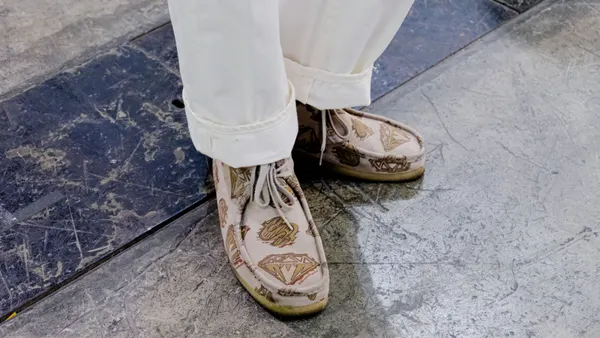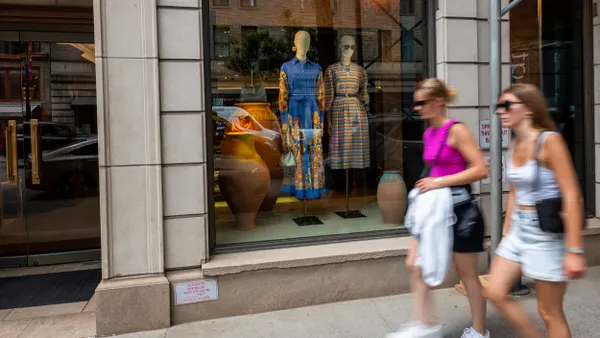Dive Brief:
- The personal luxury goods market is projected to grow 4% in 2023, reaching 362 billion euros, or approximately $394 billion, by end of year, according to the 22nd Bain-Altagamma Luxury Goods Worldwide Market Study, released Tuesday.
- High-end apparel and hard luxury lead the personal luxury goods market, fueled by investment mindset and wardrobe elevation, Bain and Company wrote in the report sent to Fashion Dive. Core products were favored over fashion-driven items, and that same desire for “excellence and timelessness” has helped drive an elevated, post-streetwear wave, particularly in menswear.
- Heading into the fourth quarter, Bain expects “fragile consumer confidence, macroeconomic tensions in China, and sparse signs of recovery in the US” will slow luxury’s sales increases, and in 2024, the sector will see “low-to-mid single digit growth over 2023, based on current scenarios.”
Dive Insight:
Despite the anticipated softening for personal luxury goods, Bain’s report stated that 2023 was “a new record year for luxury markets, with consumption expanding beyond products to re-engage with experiences.”
Globally, the luxury market is projected to reach 1.5 trillion euros in 2023 across all sectors, and grow to between 2 and 2.5 trillion euros by 2023.
This year, spending on experiences recovered and reached a record high, the report stated, as consumers returned to spending on “luxury beyond products,” motivated in particular by what Bain said was “a sense of urgency for social life and travels.”
By contrast, there’s been a recalibration in the personal luxury goods market, which Bain said was a key segment.
In the third quarter of 2022, the market sector rose 25% year over year, and in 2021, following a steep decline in 2020, personal luxury sales grew 31% year over year to reach 290 billion euros, beating pre-pandemic numbers by 3.2%.
Looking ahead to 2024, Bain stated that a middle-ground outlook shows increased tourism outweighing local regional economic slowdowns across regions. In addition, the U.S. is expected to see some recovery, while China and the Middle East will accelerate throughout the year “as confidence revamps,” and Japan will normalize.
Bain also said spending would begin to converge across luxury categories. This is due to a strongly overlapping customer base between high-end products such as cars, hospitality, fine dining and other luxury segments. These consumers will allocate their discretionary spending across several categories, especially as pandemic restrictions fade, and they’ll be “seeking similar standards of excellence and experience across all categories.”
Additionally, Bain said in its statement that it predicts “online and monobrand channels” will account for two-thirds of the entire luxury market by 2030.
“In this context, brands will have to focus on providing differentiation and meaningful experiences across the whole customer journey, regardless of the touchpoint of interaction,” the statement read. “This will also lead to a new season of M&A, driven by the necessity to address key challenges of the industry. Leading on sustainability and embracing tech will be key.”
Bain based the information in its report on information and sources available as of Nov. 10, including macroeconomic data, current trading performance from relevant luxury industry players, annual and quarterly results, analyst reports and a consensus of more than 100 expert interviews. However, the report's guidance added that it did not consider “disruptive changes in the global sociopolitical situation” versus the status quo when determining the outlook.



